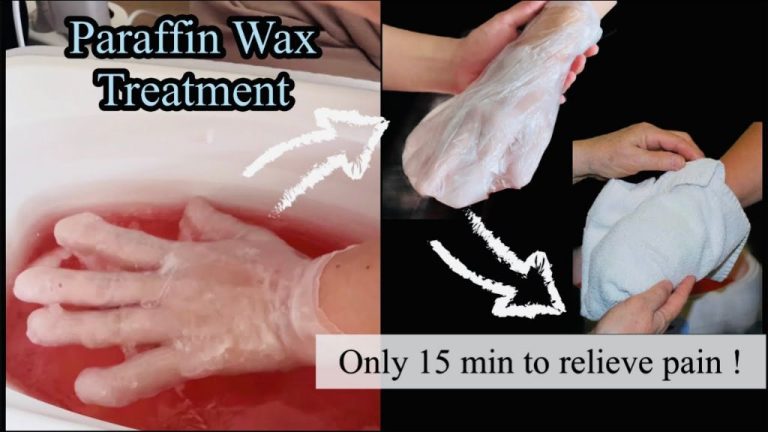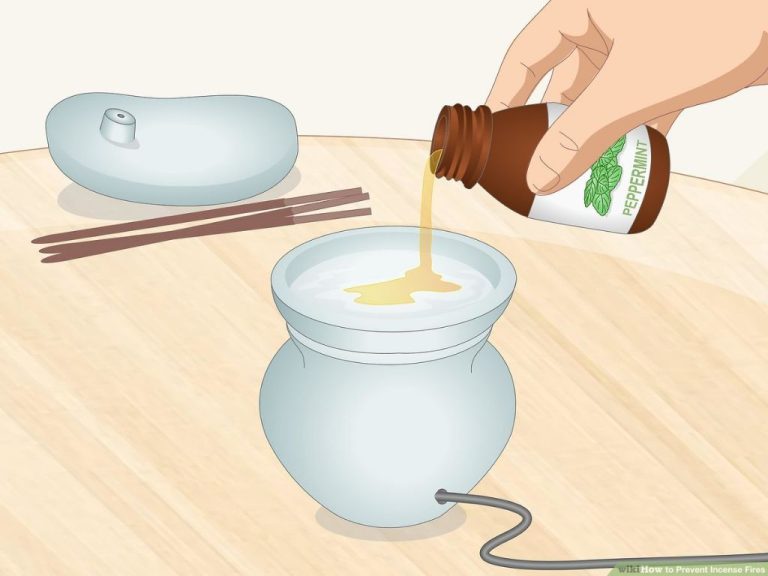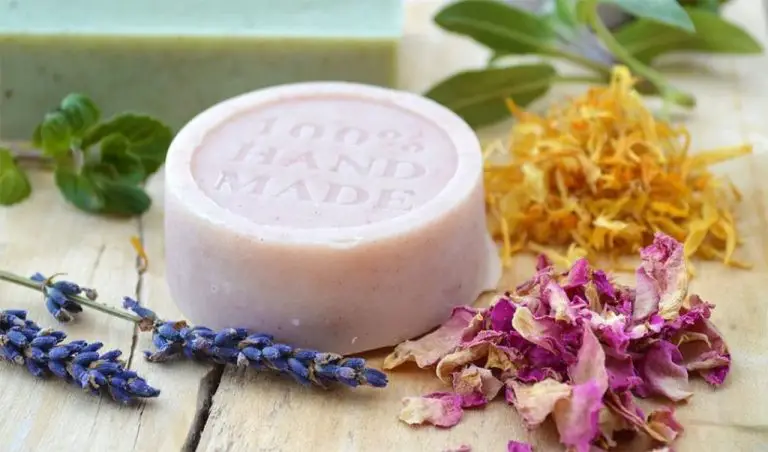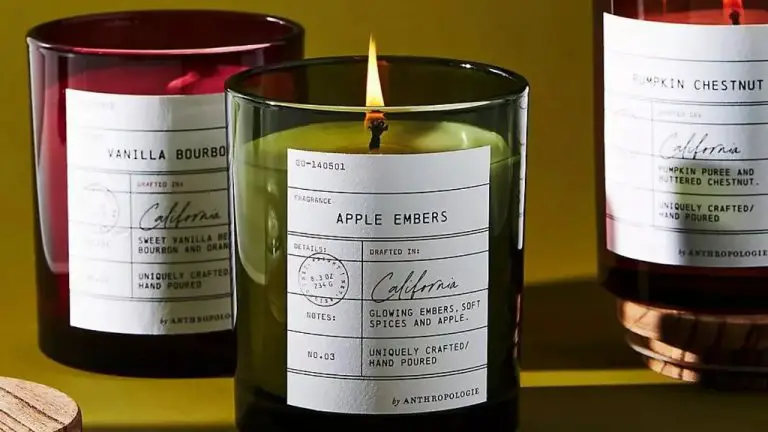How Do You Start A Beeswax Candle?
Beeswax candles have become increasingly popular in recent years due to the many benefits they offer over paraffin wax or soy wax candles. Beeswax is a natural wax made by honey bees to build the honeycombs in their hives. This makes beeswax candles a sustainable and environmentally-friendly option.
The key benefits of beeswax candles include:
- Longer burn time – Beeswax has a high melting point which allows beeswax candles to burn brighter and longer than other wax candles. Beeswax candles can burn for up to 8 hours compared to just 1-2 hours for paraffin candles (https://www.honshoney.com/blog/2021/10/26/4-benefits-of-beeswax-candles).
- Cleaner burn – Beeswax candles burn cleaner than paraffin, emitting negative ions that help purify the surrounding air. Beeswax doesn’t release carcinogenic soot like paraffin candles when burned (https://creativecandles.com/blogs/blog/benefits-of-beeswax-candles).
- Natural fragrance – The honey aroma from beeswax delivers a subtle, sweet scent without any artificial fragrances. Some people find the natural bee scent therapeutic.
- Support bees and beekeepers – Purchasing beeswax supports beekeepers and bee population growth, which is important for pollination and the environment.
With the benefits of beeswax candles, it’s no wonder many people are making the switch from standard paraffin candles. The rest of this guide will cover everything you need to know to start making your own beeswax candles at home.
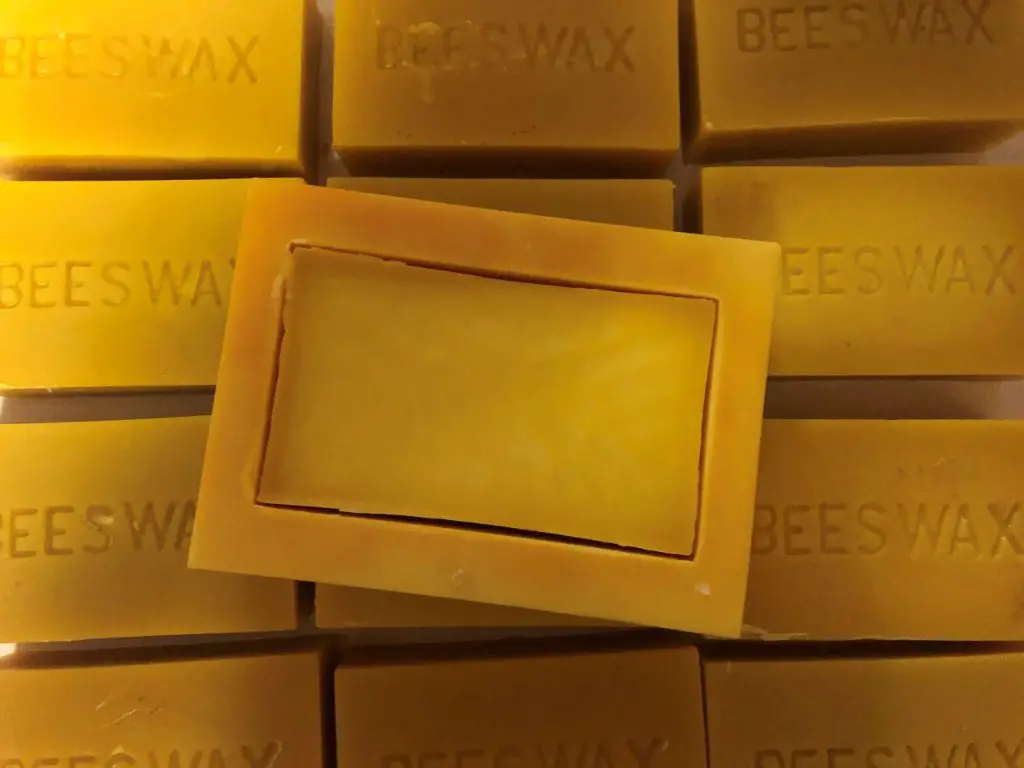
Step 1: Learn About Beeswax Candlemaking
Before starting your beeswax candle business, it’s important to learn the basics of candlemaking. Some key things to research:
- The candlemaking process – This involves melting wax, adding fragrance and other ingredients, pouring into molds or containers, cooling and removing finished candles.
- Different techniques – Beeswax candles can be made by dipping wicks in wax, pouring wax into molds, or using sheets of rolled beeswax.
- Equipment needed – You’ll need wax melting pots, thermometers, wick, molds, dyes, essential oils, pour pots, etc. This source provides a good beeswax candle making supplies list.
Understanding the basic process and supplies will ensure you can make quality candles efficiently. Take time upfront to learn techniques like wick sizing, scent mixing, and troubleshooting from experienced candlemakers.
Step 2: Source Beeswax
Beeswax is the main ingredient for making beeswax candles. There are a few options for sourcing high-quality beeswax:
Find local beekeepers – Search for beekeepers in your area to buy beeswax directly from them. Many beekeepers sell excess beeswax from their hives. This can ensure you get pure, unprocessed beeswax. Check beekeeping associations, farmers markets, or online listings to find nearby beekeepers. Source 1
Buy wholesale beeswax – For larger quantities, buy beeswax wholesale from suppliers online or in person. Wholesale beeswax is available in bulk sizes like slabs, blocks, or pellets. Well-known beeswax brands like Bee Natural, Bees Brothers, and Koster Keunen offer wholesale beeswax. Source 2
Ensure purity – Raw beeswax direct from a beekeeper is 100% pure. But wholesale beeswax may be blended with other waxes or oils. Check the product details to ensure you’re getting pure beeswax without added ingredients. Pure beeswax should have a honey scent. Source 3
Step 3: Add Other Ingredients
In addition to beeswax, there are some other ingredients you can add to customize your candles and make them even better. Here are some of the most common additives for beeswax candles:
Essential Oils: Adding a few drops of essential oils is a great way to add nice scents to your candles. Some popular options are lavender, lemon, peppermint, eucalyptus, rosemary, and tea tree oil. Just be careful not to add too much oil, as it can affect how your candle burns. A good rule of thumb is 3-5 drops of oil per ounce of wax (source).
Dyes: If you want colored candles, you can add liquid candle dye or color blocks to beeswax. Start with just a small amount of dye and add more as needed to achieve the desired color intensity. White beeswax takes dye very well. Just be careful with darker colors like red or black, as they can end up smelling burnt while the candle burns (source).
Wicks: Choose the right wick for beeswax candles. Look for wicks specifically made for beeswax like eco-friendly cotton core wicks. The wick width should be around 1/3 the width of your candle container to get a nice flame. It’s best to avoid metal-core wicks with beeswax candles (source).
Step 4: Make the Candles
Once you have your beeswax, wicks, and any additional ingredients prepared, it’s time to actually make the candles. First, you’ll need to melt the beeswax. The easiest way is to use a double boiler method, placing the beeswax in a heat safe container set over a pot of simmering water. The water should not touch the bottom of the container holding the beeswax. Heat the beeswax slowly until fully melted, stirring occasionally (Honey Candles).
Next, prepare your candle molds. Make sure they are clean and place a wick in the center, securing it to the bottom. Once the wax is fully melted, carefully pour it into the molds, being cautious not to disturb the wick. Fill the molds nearly to the top. The wax will shrink slightly as it cools and pulls away from the sides of the mold.
Allow the candles to cool completely before attempting to unmold them. This can take 6-12 hours. Once fully cooled and solidified, the candles should release easily from the molds. Trim the wick to about 1/4 inch.
With proper preparation and by following the steps slowly, you’ll end up with professional-looking handmade beeswax candles. It may take some trial and error, but the process gets easier each time.
Step 5: Package and Label
Packaging and labeling are important final steps before your beeswax candles are ready for sale. Proper packaging helps protect your candles during shipping and storage. Attractive labeling allows you to brand your product and share important information with customers.
For jar candles, you’ll need to source jars, lids, and labels. Make sure to choose jars that fit your candle designs snugly to prevent excessive movement. Metal tins or boxes work well for packaging votive, taper, and pillar candles. You can buy ready-made candle packaging and customize it with your own branding, or create completely custom designs.
When designing your labels, include your business name, contact info, candle name/scent, candle dimensions, burn time, and safety/care instructions. You may need to follow certain label requirements depending on where you sell your candles. For example, the FDA requires net weight and ingredient lists for candles sold in the US [1].
Take time to make your branding and packaging cohesive, attractive, and informative. This final touch elevates your homemade beeswax candles into professional products customers will be eager to buy.
Step 6: Market Your Candles
Once you’ve made your beautiful beeswax candles, it’s time to start selling them. There are several effective ways to market your candles:
Online Store
Creating an online store on platforms like Etsy or Shopify allows you to sell your candles to a global audience. You can showcase high-quality photos of your products and make it easy for customers to browse and purchase. According to a report by LinkedIn, the beeswax candle market is growing globally due to increasing consumer demand for eco-friendly products (source). An online store taps into this demand.
Farmers Markets
Local farmers markets are a great place to introduce your candles to customers who may become repeat buyers. You can interact personally, share your candlemaking story, and make connections. The Beeswax Candle Co. started at local farmers markets before expanding (source). Bring beautiful displays and offer special promotions to draw customers.
Boutiques
Approach boutiques, gift shops, and home decor stores in your area to carry your products. This is another way to build local awareness. Offer to provide customized packaging and branding so your candles stand out. Register Family Farm sells their beeswax candles through boutiques and other local retailers (source). Having your products placed in retail stores helps validate your brand.
With an effective online and local marketing strategy, you can connect your beeswax candles with appreciative customers.
Pricing Your Candles
When pricing your beeswax candles, there are several factors to consider:
The price of beeswax – This is often the biggest expense when making candles, so you need to account for the current market price when calculating your costs. According to BeeHiveCandles, bulk beeswax can range from $5-8 per pound.
Labor costs – Factor in the time it takes to make each candle, particularly handmade, hand-poured ones. Pay yourself adequately for your time and effort.
Packaging – Glass containers, wicks, labels, and other packaging can add to material costs.
Overhead – Consider rent, utilities, insurance, shipping supplies, and other business expenses when pricing.
Profit margin – Decide on an appropriate profit margin for your business. Many aim for 100-200% markup from costs.
Competitor pricing – Research what other local and online beeswax candle makers charge for similar products. Ames Farm charges $24-50 for their hand-poured pillars. Register Family Farm sells theirs for $18-25.
By evaluating these factors, you can price your candles fairly based on their true value.
Growing Your Business
As your beeswax candle business starts to take off, you may reach a point where you need extra help to keep up with demand. Here are some tips for growing your business:
Hiring Employees
When your order volume is too high to handle alone, it’s time to bring on employees. Look for people with an interest in candles and some experience in manufacturing, retail, or ecommerce. Provide training on your specific candlemaking process, packaging, and branding so they understand your business. Define their roles and responsibilities clearly.
Start with part-time or seasonal help and gradually transition to full-time employees as needed. Make sure to comply with labor laws and regulations when hiring staff. Consider offering incentives like profit sharing to motivate employees.
Automation
Look for ways to automate certain processes as your business grows. This could include using machinery like wax melters, molds, and wick placers to speed up production. Automate packaging with labeling machines. Use ecommerce platforms and integration apps to simplify order fulfillment and shipping. This frees up your time to focus on strategic tasks.
Wholesale
At some point, you may get requests from retail stores, gift shops, or other businesses to sell your products wholesale. This allows you to scale up your production for larger orders. Make sure your pricing still allows for a profit margin after the retailer’s cut. Develop a separate wholesale pricing structure. Require minimum order quantities for wholesale purchases. Expanding into wholesale markets widens your reach and brand exposure.
Beeswax Candle Business Tips
Running a successful beeswax candle business requires attention to details like quality control, customer service, and managing costs. Here are some tips:
Quality control is critical for any candle business. Test each batch of candles you make by burning them for several hours to ensure an even burn, verify the scent throw, and check for issues like cracking or tunneling of the wax. Keep detailed records on your candle making process and ingredients so you can troubleshoot any problems. Invest in high quality materials and wicks from reputable suppliers.
Providing excellent customer service will help you build a loyal customer base. Respond promptly to customer inquiries and issues. Offer satisfaction guarantees and easy returns/exchanges. Provide plenty of product information on your website or listings. Follow up with customers to get feedback on their purchase.
Carefully manage your costs so you can price your candles profitably. Buy beeswax and other ingredients in bulk to get discounts. Reuse wax scraps whenever possible. Streamline your production process to be efficient. Minimize overhead costs like rent and utilities. Calculate your true costs per candle including materials, labor, packaging and shipping.
For more tips, check out this helpful guide on starting a candle business.


